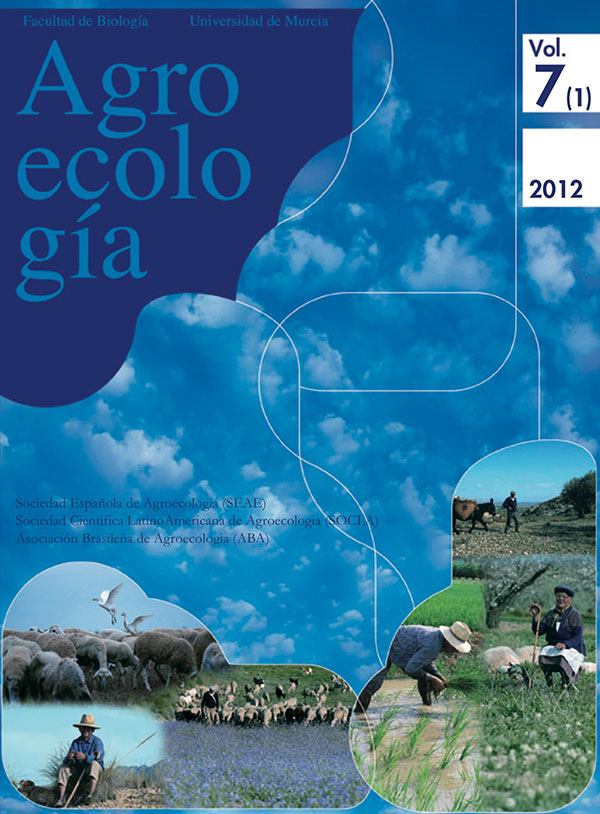Abonos verdes: Tecnología para el manejo agroecológico de los cultivos
Resumen
Con miras a buscar alternativas de manejo para el mejoramiento de la fertilidad de los suelos cultivados por agricultores de bajos recursos, se ha hecho uso de tecnologías agroecológicas como los abonos verdes (AV), cuyos aportes investigativos a nivel mundial, buscan generar una base teórica que explique la importancia de su aplicación y potencialidades dentro del manejo de agroecosistemas. Su uso se fundamenta en el aprovechamiento de la energía solar para producir biomasa vegetal de alta calidad nutricional, la cual, posteriormente se adiciona o incorpora al suelo con miras de incrementar el contenido de materia orgánica rápidamente mineralizable, con incidencia positiva sobre algunas propiedades físicas, químicas, biológicas de los suelos y rendimientos de los cultivos siguientes. Generalmente se usan leguminosas solas o mezcladas, las cuales en simbiosis con rizobios, adquieren la capacidad de fijar el N2 atmosférico, elemento que circula por la planta simbionte y luego se incorpora parcialmente al suelo para ser aprovechado por los cultivos de interés comercial que se siembran. Esta práctica reduce significativamente la utilización de fertilizantes de síntesis química industrial. En esta forma, a los beneficios directos sobre el suelo, se suman otros de naturaleza económica, social y ambiental que apuntan hacia una agricultura más sustentable. En Latinoamérica y en Colombia, algunas entidades a través de proyectos de investigación y cooperación internacional, han contribuido a generar información acerca de esta tecnología de cultivo y las posibilidades de incorporarlos por parte de los agricultores, dentro de sus itinerarios agrícolas. Sin embargo, se requiere la réplica de ensayos en diversas zonas agroecológicas y la incorporación de herramientas metodológicas que permitan validar el carácter de los AV como tecnología multipropósito.Descargas
Las obras que se publican en esta revista están sujetas a los siguientes términos:
1. El Servicio de Publicaciones de la Universidad de Murcia (la editorial) conserva los derechos patrimoniales (copyright) de las obras publicadas, y favorece y permite la reutilización de las mismas bajo la licencia de uso indicada en el punto 2.
2. Las obras se publican en la edición electrónica de la revista bajo una licencia Creative Commons Reconocimiento-NoComercial-SinObraDerivada 3.0 España (texto legal). Se pueden copiar, usar, difundir, transmitir y exponer públicamente, siempre que: i) se cite la autoría y la fuente original de su publicación (revista, editorial y URL de la obra); ii) no se usen para fines comerciales; iii) se mencione la existencia y especificaciones de esta licencia de uso.
3. Condiciones de auto-archivo. Se permite y se anima a los autores a difundir electrónicamente las versiones pre-print (versión antes de ser evaluada) y/o post-print (versión evaluada y aceptada para su publicación) de sus obras antes de su publicación, ya que favorece su circulación y difusión más temprana y con ello un posible aumento en su citación y alcance entre la comunidad académica. Color RoMEO: verde.





